Why have a Downdraft induction hob vs ceiling hood?
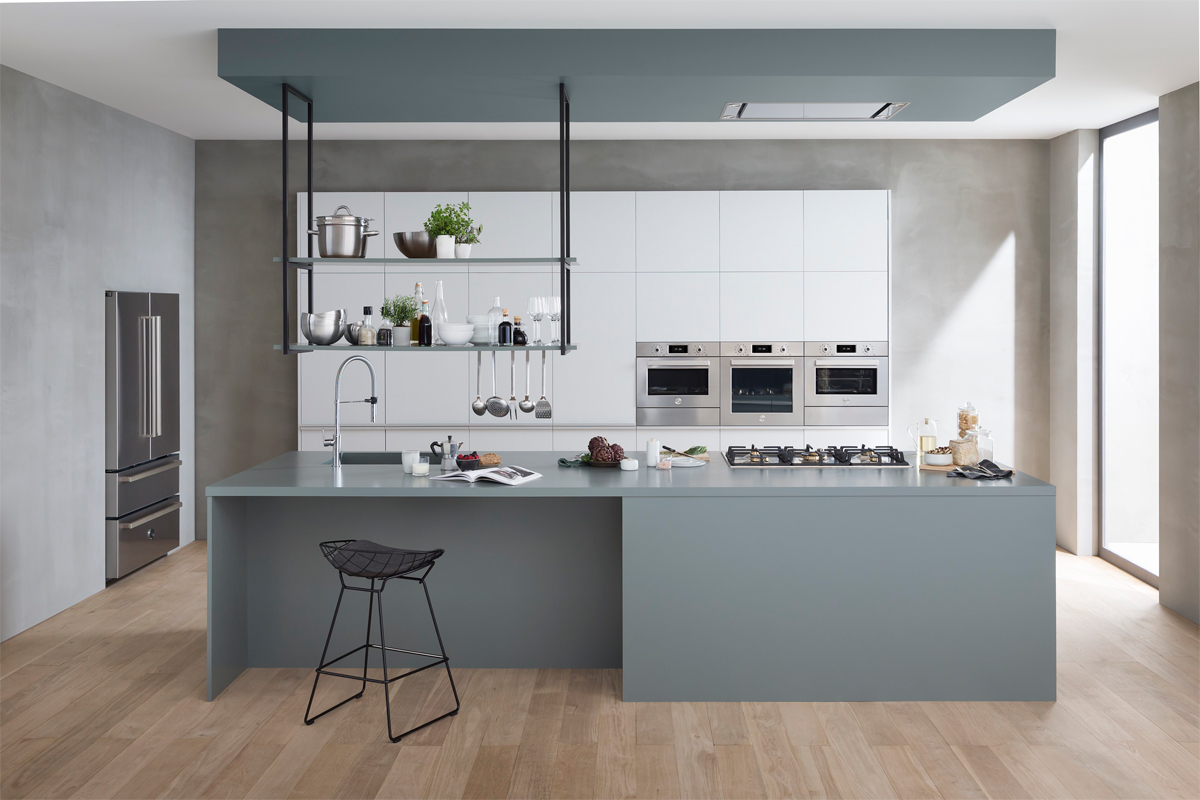
Having a downdraft induction hob as opposed to a ceiling hood in your kitchen design has several advantages and considerations:
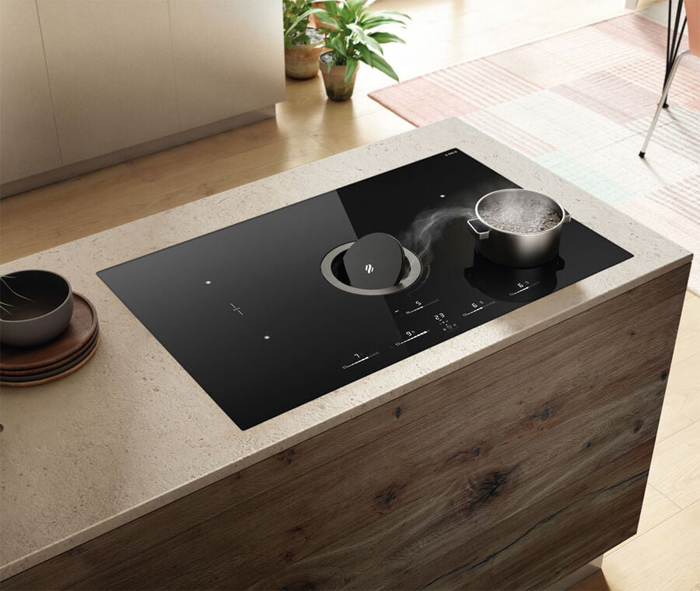
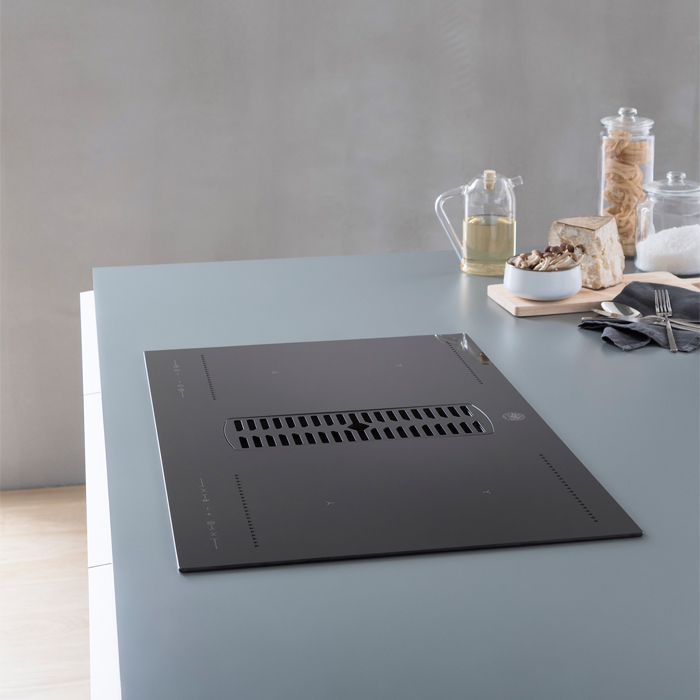
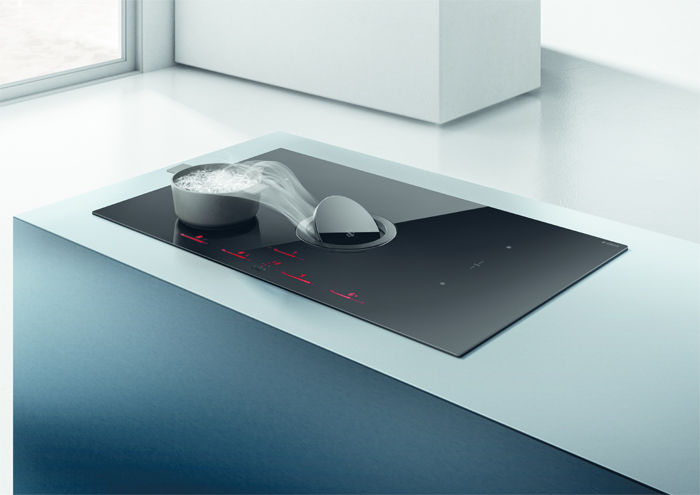
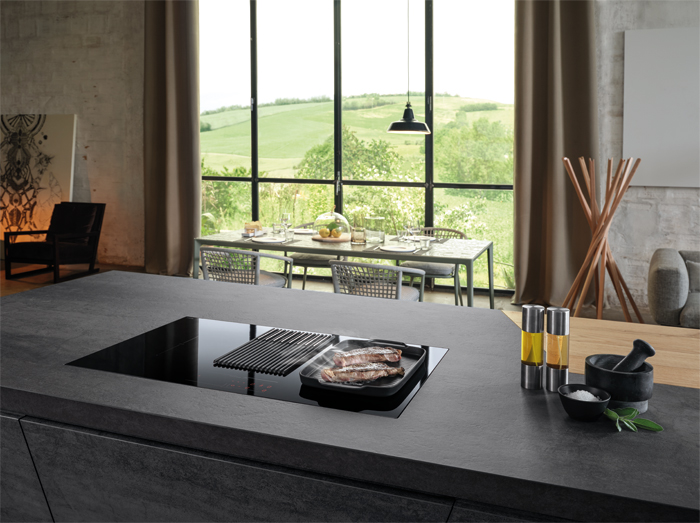
Aesthetics: Open Design: Downdraft induction hobs provide a more open and unobstructed kitchen design compared to traditional ceiling hoods. This can be aesthetically pleasing, especially in kitchens with a modern or minimalist design.
Space-saving:
No Overhead Hood: With a downdraft system, you don’t need a large overhead hood, saving valuable space in your kitchen. This can be particularly beneficial in smaller kitchens where space utilization is crucial.
Ventilation Efficiency:
Proximity to Source: Downdraft systems are positioned close to the cooking surface, which can enhance their effectiveness in capturing and removing cooking fumes and odours directly from the source.
Flexibility:
Placement Options: Downdraft systems offer more flexibility in terms of cooktop placement. They can be installed on islands or peninsulas without the need for an overhead hood, allowing for more versatile kitchen layouts.
Ease of Cleaning:
Accessibility: Cleaning a downdraft system is often more accessible as the vent is located closer to the cooking surface. This can be an advantage compared to cleaning filters or ducts in traditional ceiling hoods.
However, there are some considerations and potential drawbacks to downdraft systems:
Performance: Effectiveness: Downdraft systems may not be as effective as ceiling hoods in capturing and venting cooking byproducts, especially when dealing with heavy smoke or high-heat cooking.
Installation Challenges: Installing downdraft systems can be more complex than traditional ceiling hoods, and they may require specific configurations to ensure optimal performance.
Cost:
Expense: Downdraft systems can be more expensive than ceiling hoods, both in terms of initial purchase and installation costs.
Ultimately, the choice between a downdraft induction hob and a ceiling hood depends on your kitchen layout, design preferences, and cooking habits. It’s essential to consider factors like ventilation efficiency, aesthetics, and space utilization when making your decision.